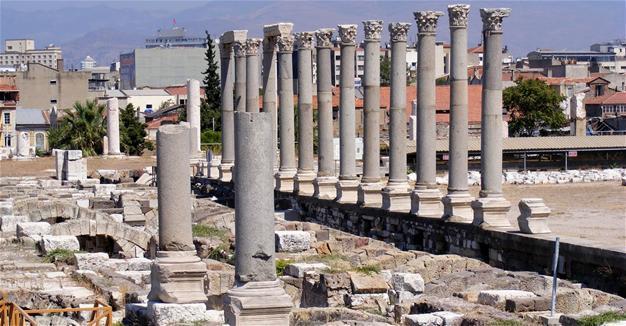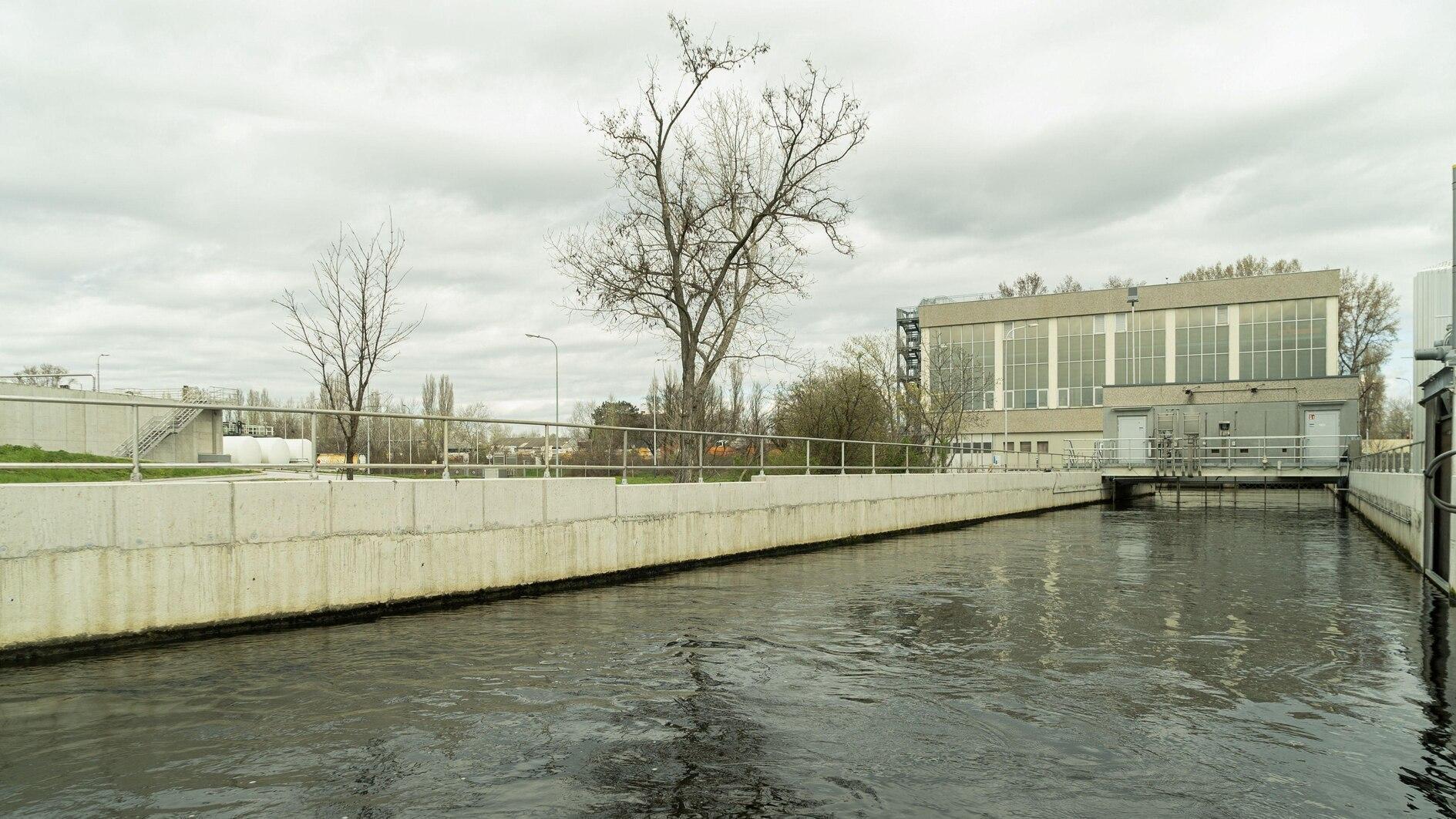Ancient Smyrna to complete ring of history
İZMİR – Anadolu Agency
 Though separated by millennia of history, İzmir’s past will soon be symbolically linked with the opening of the ancient Smyrna excavation area to visits, allowing tourists to journey from Neolithic times to the relatively recent Classical past – stopping in ancient Smyrna along the way.
Though separated by millennia of history, İzmir’s past will soon be symbolically linked with the opening of the ancient Smyrna excavation area to visits, allowing tourists to journey from Neolithic times to the relatively recent Classical past – stopping in ancient Smyrna along the way.“We are trying to establish a route of three spots for İzmir’s visitors to stroll around the city. In these three spots, it is possible to see some 10,000 years of the Aegean world – traces of İzmir’s first settlement 8,500 years ago in Yeşilova, ruins from the seventh and eighth centuries when the Greek world had its heyday here [at ancient Smyrna] and the Hellenistic- and Roman-era agora in Kadifekale. It is possible to observe the daily life of people who lived on this land during a one-day visit. I believe this is the first in the world,” said the head of the old Smyrna excavations, Professor Cumhur Tanrıöver.
The Old Smyrna excavation field contains traces from 3,000 years ago, when a city was first formed in the area. The area completes the chain of the historical ring between İzmir’s Yeşilova Mound, dating from 8,500 years ago, and the Agora excavation fields featuring Hellenistic- and Roman-era settlements.
Opening ancient Smyrna to visits
“One of the goals is to search for Smyrna and the other is to open this field, where excavations have been ongoing since 1948, to world visitors. We need to turn this place into an archaeological site. Works have been carried out for three years for this purpose,” he said.
“The Culture and Tourism Ministry has approved the plans, too. It is set to open to visitors in 2017. A walking route will be formed as part of the plans and environmental arrangements will be made. There will be visitor information desks and exhibition halls as well as information panels. We are also planning an area to show films on the history of the city,” he said.
Tanrıöver said the city’s heyday was between the seventh and eighth centuries B.C., after which Greek philosophy and arts developed here. “Then the name of Smyrna began to be heard in Europe.”
Tanrıöver said the famous poet Homer was said to be from Smyrna. “If this is true, this is the place where he lived,” he added.
Temple of Athens
One of the most important structures in the city was the Temple of Athens, the professor said.
“The temple, whose construction started in 690 B.C., was one of the first stone temples of Greek culture in the Aegean region. Excavations have unearthed earthenware shields dedicated to the city’s goddess Athena, iron and bronze weapons, statuettes carried from the whole Mediterranean world and perfume bottles. We can see in these excavations the development of Greek cities since the end of 2000 B.C. There are also cultural traces of the Lydians and Persians who occupied the city later on.”
Tanrıöver said the İzmir city center had three archaeological spots and that it was possible to visit those three spots within a program in just one day.
















